Take Montreal Canadiens forward Rem Pitlick as a perfect example. Arguably the likeliest Hab to regress heading into 2022-23, Pitlick has unfortunately lived up to the billing, having been held pointless in seven games, despite having put up a relatively impressive 15 goals and 22 assists last season as a rookie.
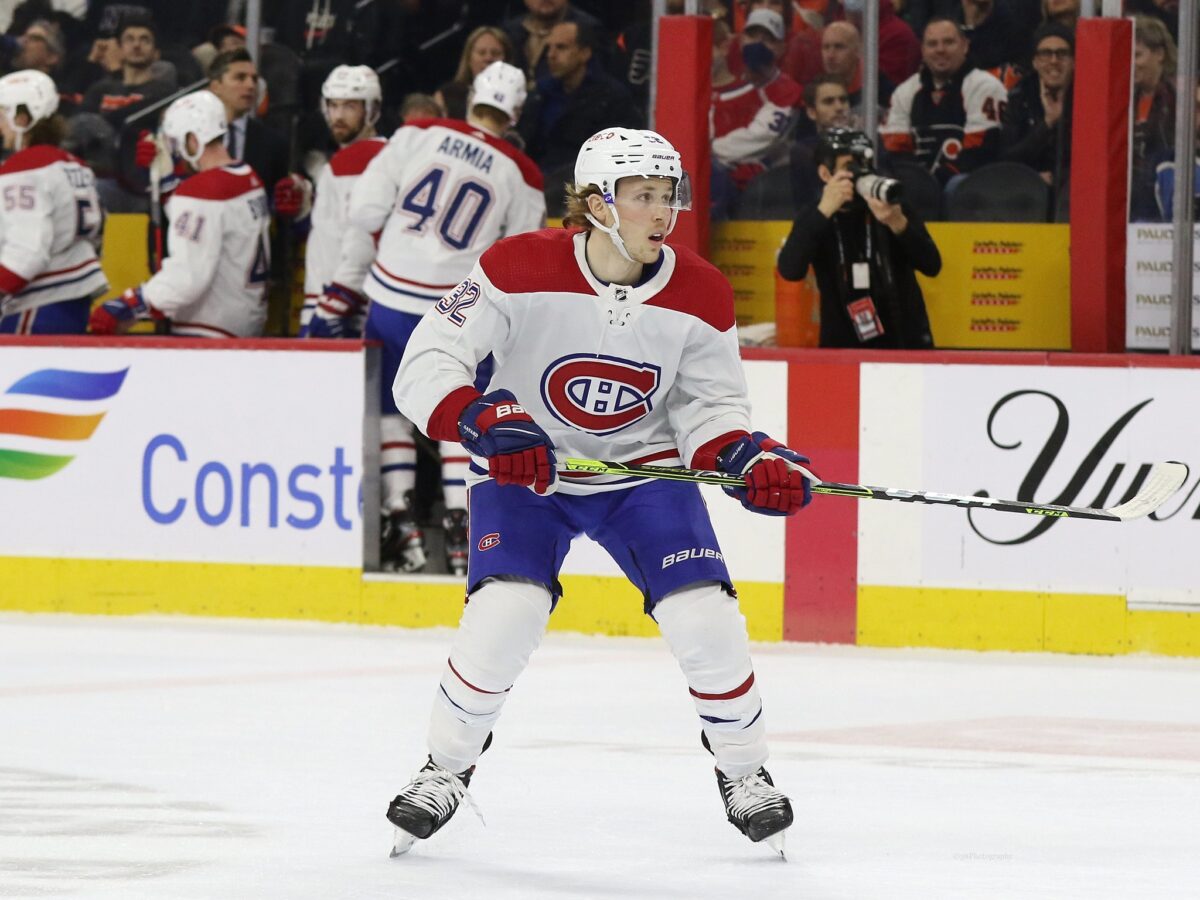
As a whole, the Canadiens, now at a respectable 5-5-1, are unfortunately destined to follow in Pitlick’s footsteps. After all, even if it’s a season in which they’ve largely proven doubters wrong so far, they are nonetheless still rebuilding. So, if all goes according to plan, the Canadiens should still finish close to the bottom of the standings.
Truth be told, things may be headed that way regardless of whether or not general manager Kent Hughes greases the wheels in that direction. Here are five signs to that effect:
5. Caufield and Suzuki up Front
Admittedly, part of the reason Pitlick has struggled is a lack of ice time. Whereas this season, he’s getting 12:39 per game, last season due to injuries and a general lack of depth up front he got 17:17, including some time on a line with Cole Caufield and Nick Suzuki, which is obviously prime real estate.
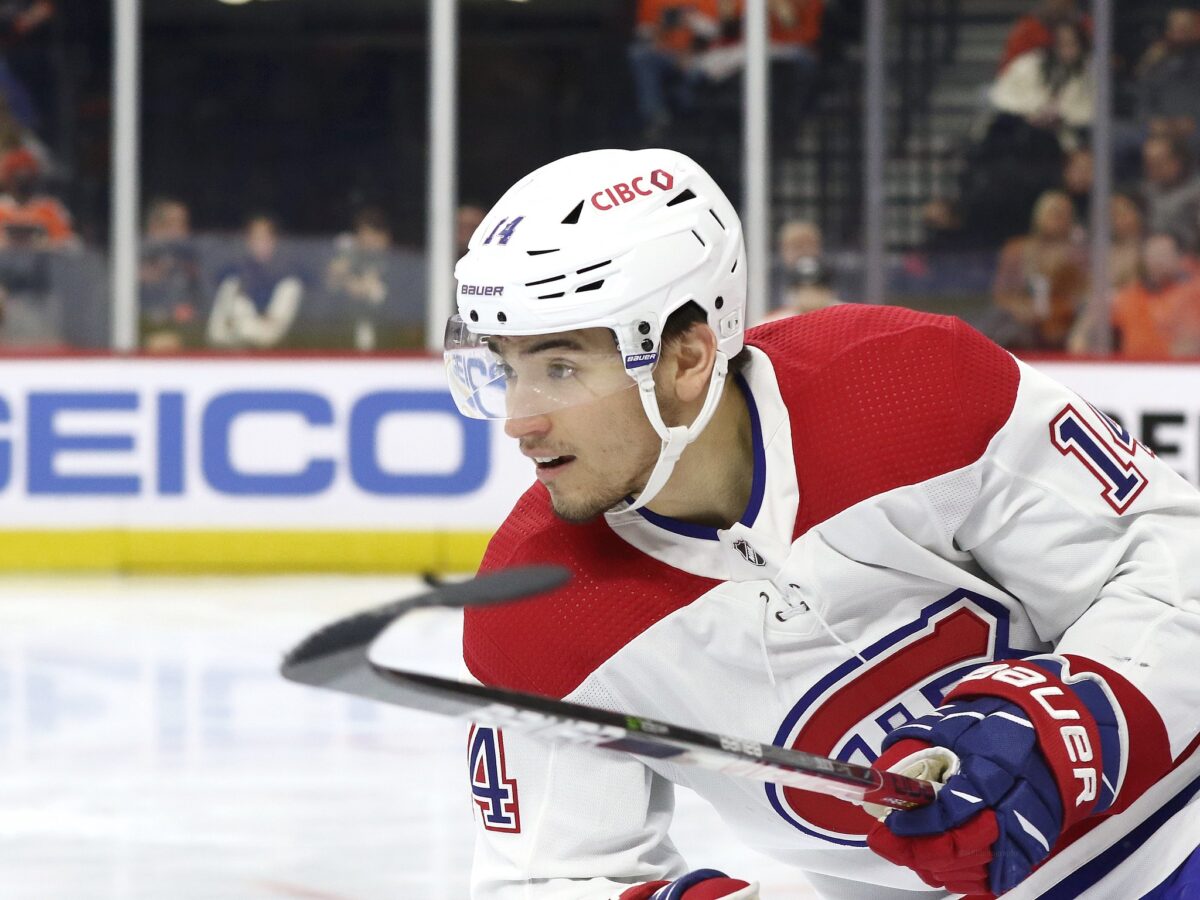
Objectively speaking, Caufield (12 points in 11 games) and Suzuki (13 in 11) are one of the most dynamic young duos in the game. It shows through not only on their production, but their production relative to the rest of the team, with a five-point drop-off between Caufield and the third-leading scorer on the team, their current linemate Kirby Dach (7 in 11).
As alluded to earlier, the Canadiens obviously have more depth up front this season and for the future, but they’re still at risk of producing like a one-line team… and one-line teams are rarely successful down the stretch. There’s quasi-realistic hope Caufield and Suzuki can keep up their respective scoring paces, but, unless the rest of the team picks it up, the 1.18 goals per game the two are combining for each game, aren’t scaring anyone, when everyone else is combining for 1.55, however scary that specific stat is.
4. Guhle, Harris and Xhekaj on Defense
Defenseman Joel Edmundson just returned to the lineup after being out since the start of the season. Even so, the Canadiens opted to keep their three young left-handed defensemen (Kaiden Guhle, Jordan Harris and Arber Xhekaj) in the fold, instead of sending one down to make room (putting Evgeny Dadonov on injured reserve).
It implies the Habs at least have the intent to continue to play each of them regularly and there’s certainly benefit in that from a developmental perspective. Even so, in giving up a 20th-ranked 32.6 shots per game, the Canadiens can certainly stand to improve in the defensive zone.
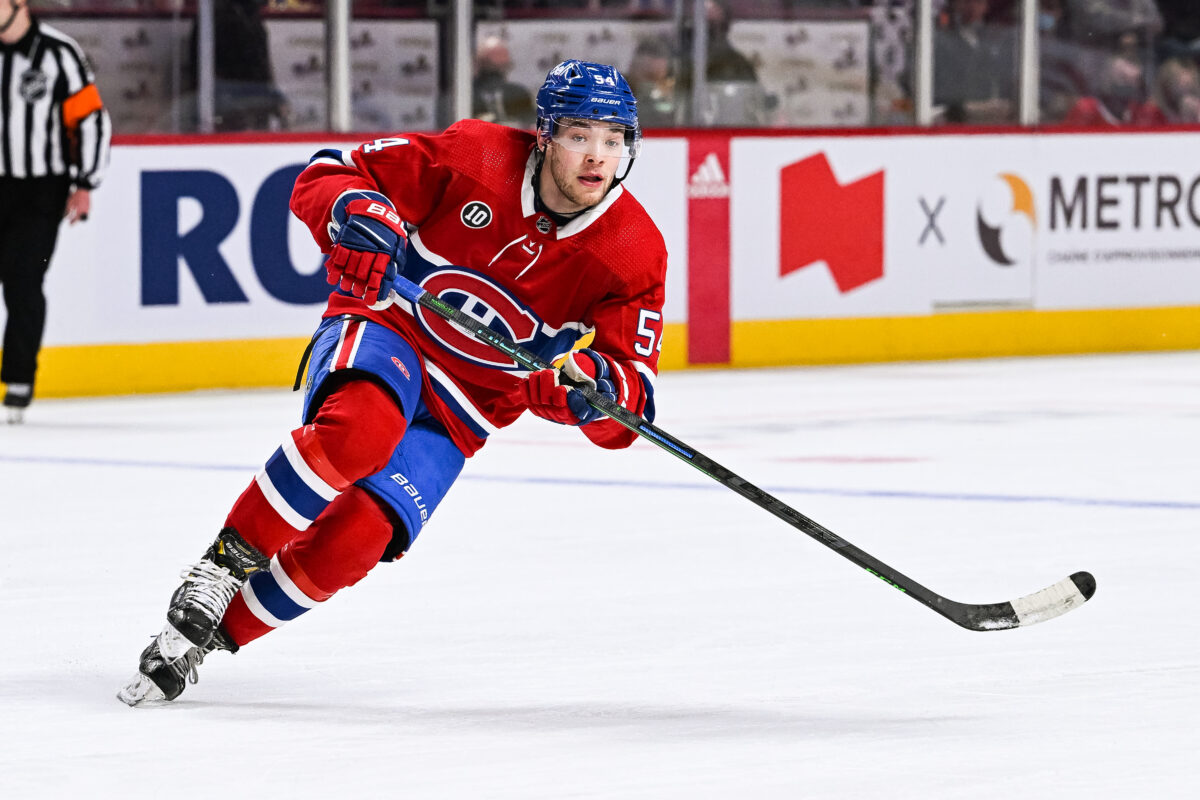
Of course, considering their ages, with Harris being the oldest of the trio at just 22, there’s little reason for anyone to have expected anything other than signs of a bright future on defense. For all intents and purposes, they’ve delivered in that sense, as none of the three have looked out of place to their credit.
Related: Canadiens Defense Takes Further Shape with Harris Signing
Nevertheless, giving up as many shots as the Canadiens have per game is hardly sustainable, especially with the team’s goaltenders, Jake Allen and Samuel Montembeault, playing as well as they have. As an illustration, consider the 20th-overall rank in shots given up and how the Habs have given up a 14th-ranked 3.09 goals per game in comparison.
3. Allen and Montembeault in Net
In the interest of full disclosure and complete transparency, Montembeault has excelled in this season’s early going as Allen’s backup, having earned a .928 save percentage so far (2.47 goals-against average). However, even on the off chance the third-string goalie (up to this point in his career) manages to keep it going, there’s a good chance all he’ll stay is Allen’s backup, based on several factors.
For starters, Allen just signed a relatively fruitful extension that should see him get the lion’s share of starts. The decision to re-sign Allen through 2025 is in and of itself proof of a rebuild, which in turn is and implication overall goaltending performance is not top of mind for Hughes and executive vice president of hockey operations Jeff Gorton.
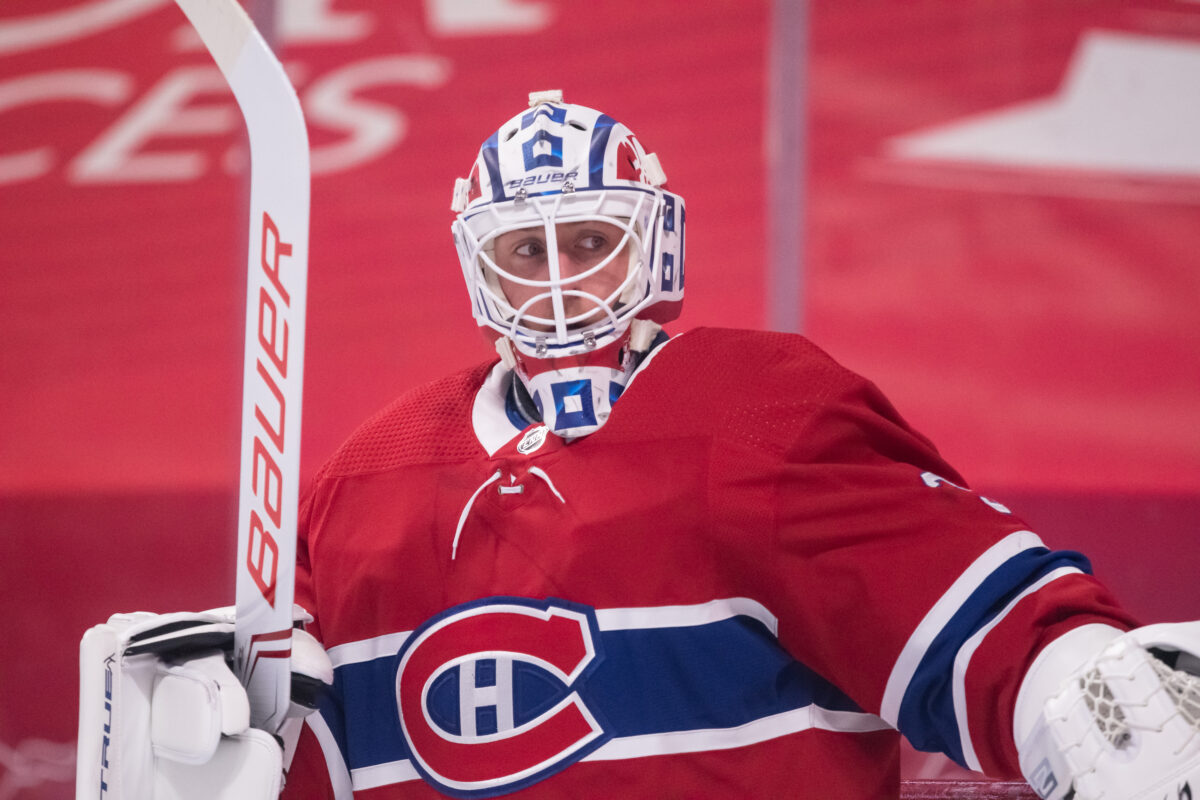
While Allen himself has played well to start the season, little of what he’s accomplished in his career up to now suggests he can stay consistent in that regard, all due respect to the 13-year veteran. In fact, him having played as much as he has up to this point as a now-32-year-old means he’s even less likely to now.
A career .911 goalie, Allen’s earned a .908 SV% so far this season. Seeing as he started off with one of .938 through the first three of his seven starts on the season, clearly he’s cooled off some. With the .908 being a high of his during his three seasons with the Habs, Allen simply shouldn’t be considered the save-all Carey Price had been. And that’s not a reflection on him, but rather on Price and the reality of the situation in net facing the Habs during this rebuild. With Price unlikely to come back, it’s become the biggest hole to fill from an organizational-depth perspective.
2. Special Teams
They say your goalie is your best penalty killer. Needless to say, it applies in the Canadiens’ case, with Allen and Montembeault having given up just seven power-play goals in 11 games (36 penalty kills for a 13th-ranked 80.6%). All in all, it’s far from an impressive number, but Allen and Montembeault are nevertheless getting the job done, because, relatively speaking, the players in front of them aren’t from a shot-suppression standpoint.
Maybe Edmundson’s return adds a layer of consistency. Ditto for Joel Armia However, analytics freelancer Jason Paul said it best in the tweet thread directly above: “The organization has to do something about special teams. It’s been a long time since we’ve seen an average PK or power play,” with a power play of just 17.3% (30th) since the start of ex-GM Marc Bergevin’s tenure in 2012 alongside a PK of 80.0% (21st).
In fact, the last time the Canadiens had an above-average success rate on the PK was 2018-19 (also a 13th-ranked 80.9%). You’d have to go back another season for when the power play was last really effective at a 12th-ranked 21.2% (when the penalty kill was a 30th-ranked 74.1%).
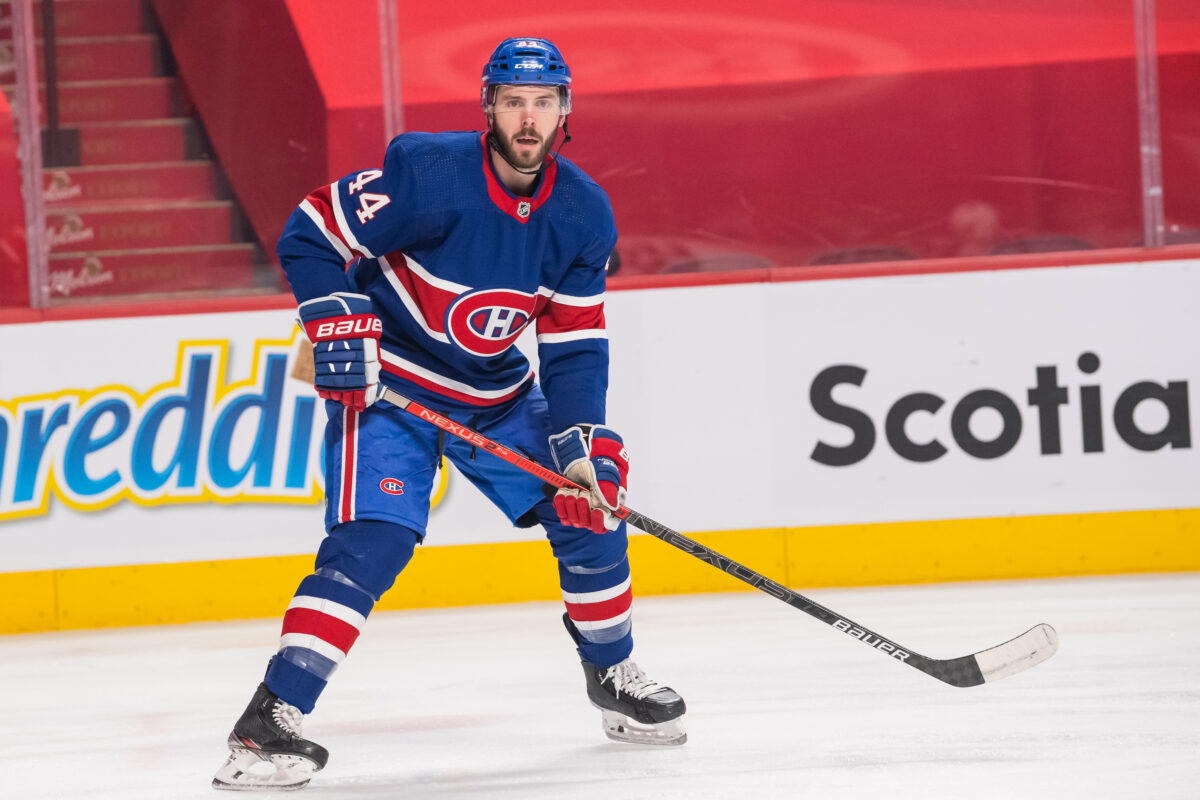
Overall, it’s clear the Habs have trouble putting it together on both units at the same time. So, it’s unlikely based on past history that things will even out in this instance, with the power play clicking at just 12.9% (29th). And, if you’re putting your faith in the penalty kill to carry the special-teams ship, when the shot metrics thereon are worse than they were last season, when the team finished last with a 27th-ranked 75.6%, you’re asking a lot. With special teams being as important as they are, the Canadiens are poised for trouble.
1. Current Standings
Just look at the team’s season so far. As fun as the Canadiens have been to watch, and they have, a large part of that fun arguably stems from how the playoffs have been taken out of the equation by management. If they defy the odds and somehow make them, great, but that’s obviously not the overall goal this season.
So, without having to worry about the Habs making the playoffs, fans are free to assess the team’s performance through the lens of how competitive the team is shaping up to be three, maybe five seasons down the road. From that perspective, things are looking great right now, with maybe just goaltending being of concern in terms of who’s coming up through the prospect pipeline. Nevertheless the Habs are still 5-5-1 so far.
That’s .500 hockey, with everything going about as right as one could have unrealistically expected heading into the season. So, put it all in the proper perspective, with the Habs in second-to-last place in the Atlantic Division right now. They’re 13th in the Eastern Conference, so officially closer to last place like last season than a playoff spot.
So, as impressive as the Canadiens have been, it’s all relatively speaking, with the 5-4-2 Toronto Maple Leafs supposedly in free fall according to analysts. It’s all dependent on initial fan expectations. After the Habs beat the Leafs to open the season, all of a sudden things were looking rosy, because it became clear the Canadiens weren’t going to be as bad as they were last season. That was always going to be the case, though.
Having lost more games than they’ve won since, in some ways they’ve already regressed to the mean. That’s kind of what .500 hockey means. However, the Habs are proof that things at the mean can actually be quite nice. As long as fans enjoy this season for what is, i.e., transitional, they’re free to sit back and enjoy a young and exciting hockey team that’s only going to get better from season to season, even if that won’t so much be the case from game to game in 2022-23.